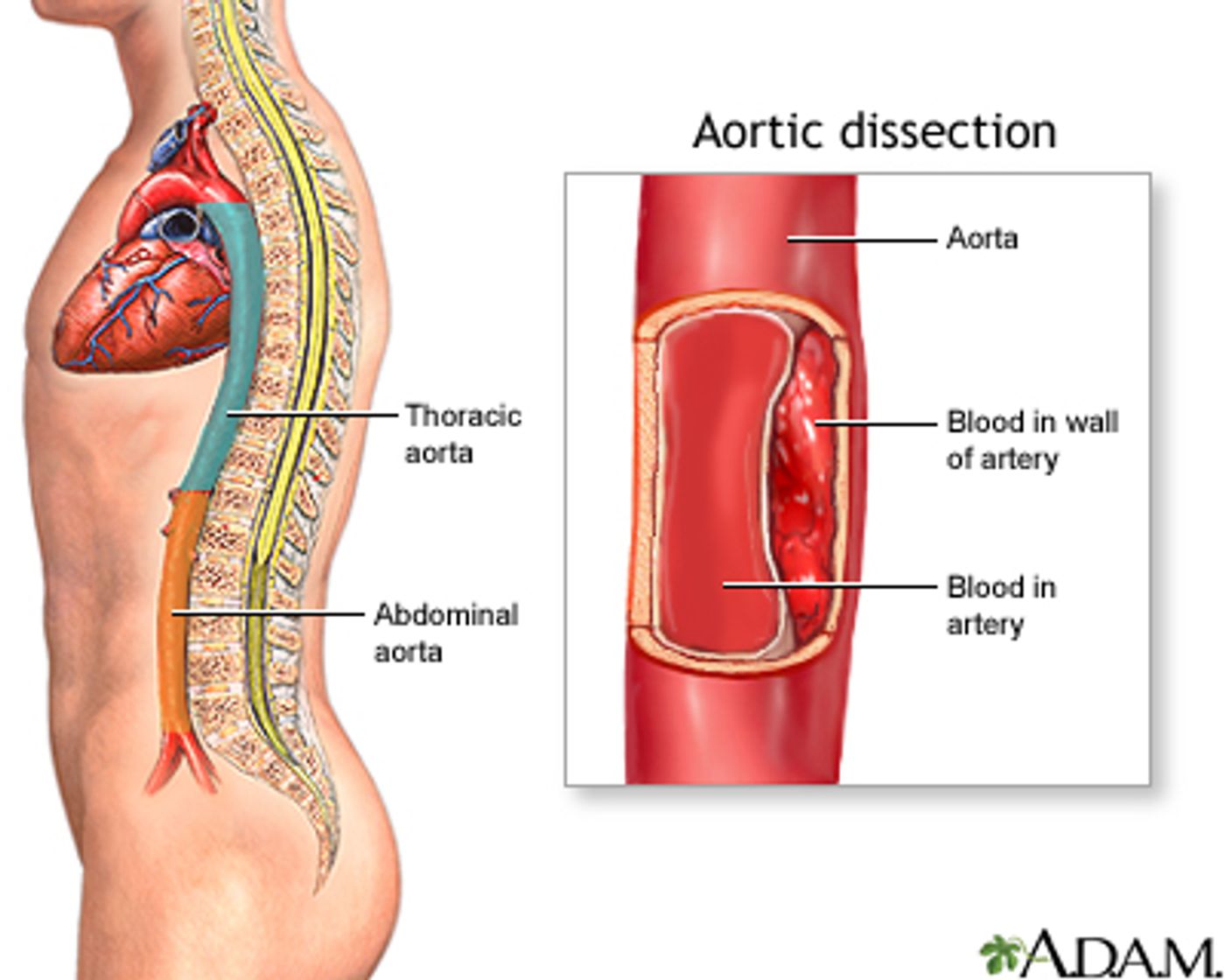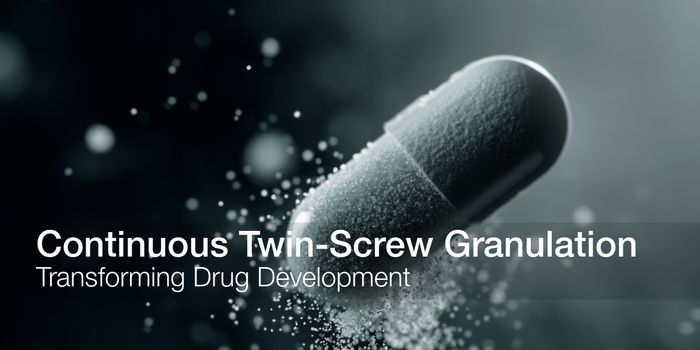Vascular Medicine, the official journal of the Society for Vascular Medicine, has dedicated its June 2016 issue to research endeavors involving aortic diseases, especially aortic aneurysms and dissections. These two conditions have a large impact in the quality of life of patients with cardiovascular disease, and developing the best methods for early detection and optimal treatment is the best way to reduce their severity and prevalence.
For unknown reasons, an aortic aneurysm occurs in the wall of the artery, characterized by a bulge large enough to burst and cause dangerous bleeding or death. People with a family history of aortic aneurysms between the ages of 65 and 75 or people who smoke regularly are at high risk for experiencing an aortic aneurysm. Various diagnostic tests can be done to look for the presence of an aortic aneurysm and to determine its severity:
- Abdominal ultrasound
- Catheter angiography
- Chest CT scan
- CT angiography
- Doppler Ultrasound
- MR Angiography
- Transesophageal Echocardiography
- Chest MRI
Aortic aneurysms can either be thoracic or abdominal.
Aortic dissection constitutes a tear in the wall of the aorta, disrupting natural one-way blood flow. Blood in an aortic dissection flows in and out of different layers of the blood vessel well, and this can lead to aortic rupture, decreased blood flow (ischemia), and/or an aortic aneurysm if blood stops moving due to the tear.
Common factors increasing the risk for aortic dissection include:
- Aging
- Atherosclerosis
- Blunt trauma
- High blood pressure
Most often seen in men aged 40 to 50, aortic dissections usually cause sharp, stabbing pain, and the pain is known to migrate to the shoulder, neck, arm, jaw, abdomen, and hips. Aortic dissections can be detected through similar tests as an aortic aneurysm, and surgery is most often required for treatment when the aneurysm is in the ascending aorta as opposed to the descending aorta.
The June 2016 edition of
Vascular Medicine received submissions from aortic disease researchers from all over the world, reporting on the most up-to-date methods of diagnosis and treatment.
One study looks at the impact of sarcopenia, a progressive condition where people lose three to eight percent of lean muscle mass per decade after age thirty. As a marker of frailty in aortic aneurysm patients, sarcopenia is at the center of understanding the long-term impact of aortic aneurysms after doctors have attempted repair.
Another procedure for aortic disease discussed in
Vascular Medicine this month is fenestrated aortic endografting, a relatively non-invasive treatment that enables surgeons to attach arteries to fenestrated stents that can lead to other organs. Instead of following an open heart protocol, the stent is delivered via catheter inserted in the groin area and guided through a blood vessel to the site of aneurysm. This minimally invasive procedure is optimal for patients with debilitating health conditions or a large enough aneurysm where open heart surgery is not safe.
"We are excited to bring this issue to press,” said the Editor in Chief of
Vascular Medicine, Heather L. Gornik. “The issue includes a number of cutting edge original research and review articles highlighting the latest advances in understanding the mechanism of and treatment for aortic disease.”
Sources:
SAGE Publishing,
Emory Healthcare,
Medline Plus,
NIH,
Current Opinion in Clinical Nutrition & Metabolic Care,
Vascular Medicine










